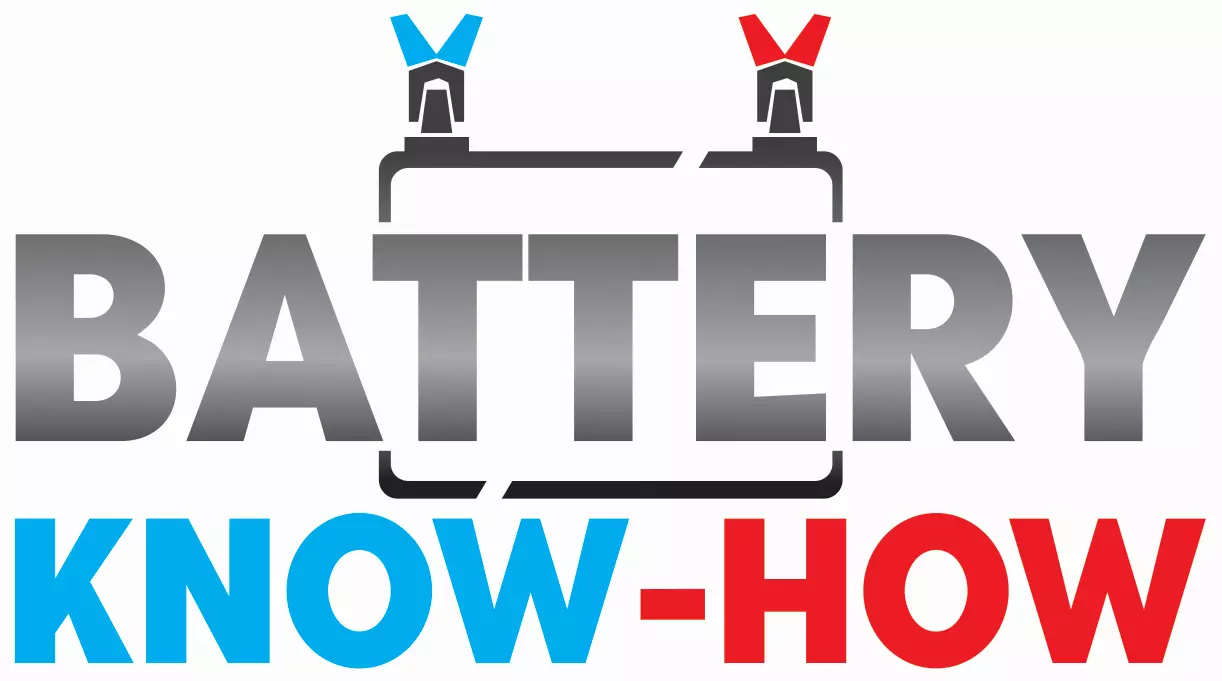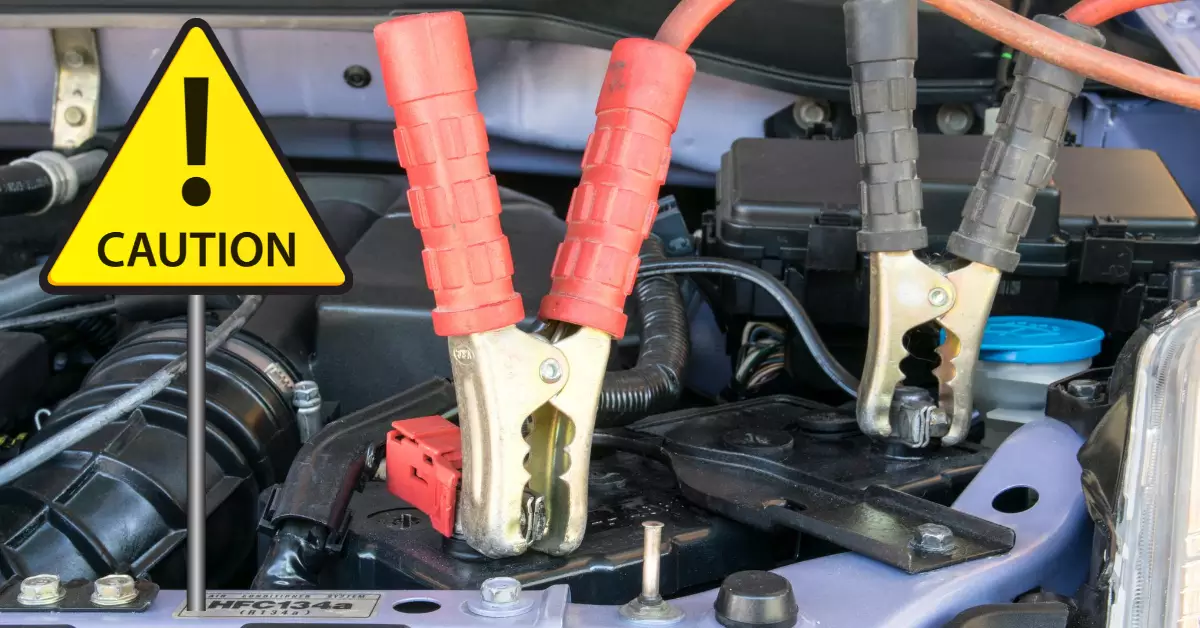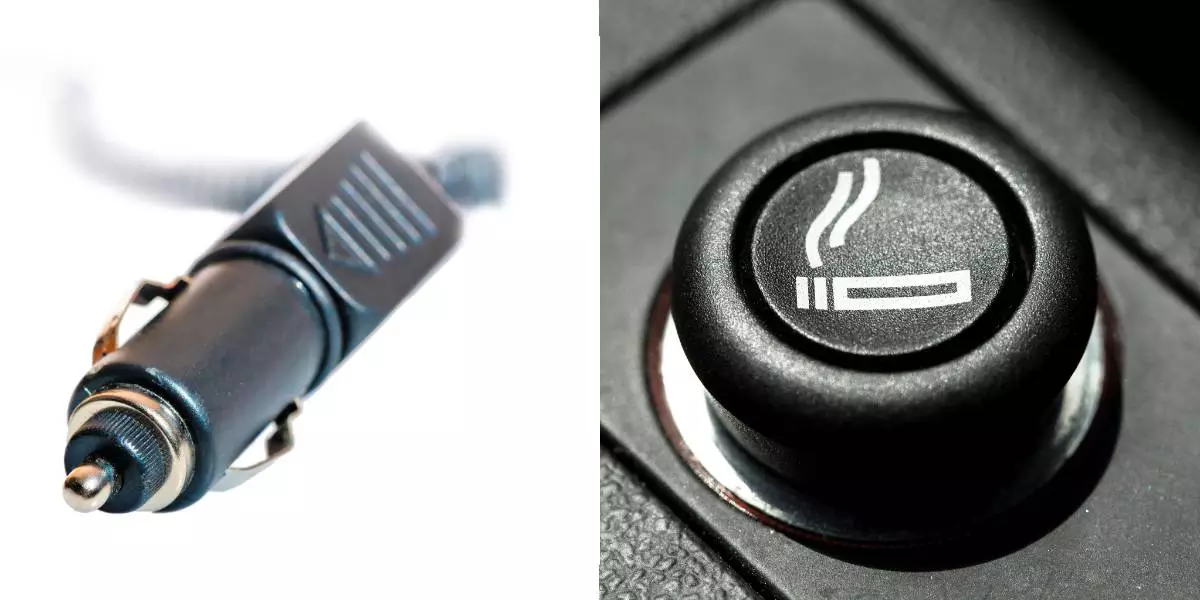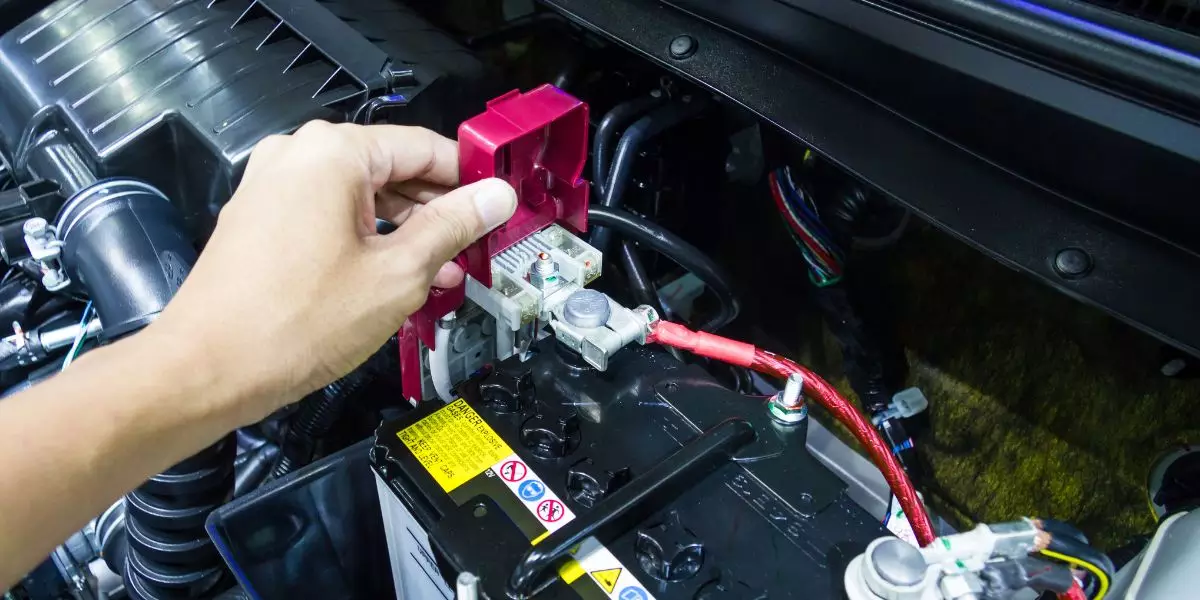It’s a question that has crossed the minds of many drivers – can you damage a car battery by jump-starting? The answer is yes, you can!
When you jump-start a car, you essentially bypass the battery and provide power directly to the starter motor. This can cause damage to the battery if it is done frequently.
You should always use caution when jump-starting a car and make sure to follow the instructions provided by the manufacturer.
The Dangers of Jump-Starting a Car Battery
Jump-starting a car battery is not something that should be done lightly. There are dangers involved in doing so, and if it’s not done correctly, you can cause damage to your battery. Jump starting a car battery is a last resort option when your battery is dead, and you need to get your car running again. If possible, you should always try charging your battery before starting it.
You can damage your car battery by jump-starting it in two main ways.
- The first way is by connecting the jumper cables to the wrong terminals. If you connect the positive cable to the negative terminal and vice versa, you can cause an explosion. This is why it’s essential to ensure you secure the cables to the correct terminals before starting the jump.
- The second way you can damage your car battery by jump-starting is by not disconnecting the cables in the correct order. If you disconnect the negative cable first, you can create a spark that can damage your battery. Always disconnect the positive cable first and then the negative cable.
If you need to jump-start your car battery, do so safely and carefully to avoid damaging your battery.
How to Jump-Start a Car Safely?
If you find yourself in a situation where you need to jump-start your car, there are a few things you need to do to ensure you’re doing it safely.
- First, ensure the car you’re using to jump-start your battery is turned off. Connecting the jumper cables while the vehicle is running can cause damage to your car’s electrical system.
- Next, open the hoods of both cars and locate the batteries. Once you’ve found the batteries, identify the positive and negative terminals. On most batteries, the positive terminal will be labeled with a “+” sign, and the negative terminal will be marked with a “-” symbol.
- Attach one end of the red jumper cable to the dead battery’s positive terminal and attach the other end of the red jumper cable to the positive terminal of the good battery.
- Attach one end of the black jumper cable to the negative terminal of the good battery and attach the other end of the black jumper cable to a metal ground on the dead car. A metal ground is any unpainted metal surface on the vehicle that is not connected to an electrical system.
- Once the cables are all connected, start the car with a good battery and let it run for a few minutes. This will give the dead battery time to charge. Once the dead battery has charged enough, you should be able to start your car.
If your car doesn’t start after a few minutes, you may need to check the cables to ensure they are appropriately connected. Once you’ve confirmed the cables are all connected correctly, try starting your car again.
Once your car is started, disconnect the jumper cables in the reverse order you connected them.
- First, disconnect the black cable from the ground on the dead car.
- Next, disconnect the black cable from the good battery’s negative terminal.
- Finally, disconnect the red cables from the positive terminals of both batteries.
After you’ve disconnected the jumper cables, allow your car to run for a few minutes to give the battery a chance to charge. Once your vehicle runs, you should take it for a short drive to help charge the battery.
If you find yourself in a situation where you need to jump-start your car frequently, it’s a good idea to replace your battery. A car battery that needs to be jump-started often is not in good condition and will eventually need to be replaced.
What to Do If Your Car Won’t Start?
If your car battery is dead and you can’t jump-start it, there are a few things you can do to try and get your car started.
- Check the terminals of your battery. Make sure they’re clean and free of corrosion. If they’re not, you won’t be able to get a good connection, and your car won’t start.
- Check the cables that connect your battery to your starter. Make sure they’re not loose or damaged. If they are, they may need to be replaced.
- Check the fluid levels in your battery. If the levels are low, it could mean that your battery is not being charged properly.
- Check the condition of your battery. It may need to be replaced if it’s over three years old.
If you’ve tried all these things and your car still won’t start, it’s time to call a tow truck. Jump-starting a vehicle should not be done frequently, as it can damage your battery. If your car won’t start, it’s best to call a tow truck and have it towed to a mechanic or dealership to be checked out.
Tips for Keeping Your Car Battery in Good Condition
You can do a few things to help keep your car battery in good condition and prevent it from dying.
- Make sure to keep your battery clean. A dirty battery can cause corrosion and decreased performance.
- If you live in a cold climate, keep your battery warm. Cold weather can decrease the power of your battery and make it more likely to die.
- Don’t let your car sit for too long without starting it. If you’re not going to be driving your vehicle for a while, start it up once a week and let it run for a few minutes. This will keep the battery charged and help prevent it from dying.
By following these tips, you can help extend the life of your car battery and avoid the need to jump-start it.
Conclusion
In conclusion, you can damage a car battery by jump-starting it. Jump-starting a car is a last resort option when your battery is dead, and you need to get your vehicle running again. If possible, you should always try charging your battery before starting it.
You can damage your car battery by jump-starting it by connecting the jumper cables to the wrong terminals and not disconnecting the cables in the correct order. If you need to jump-start your car battery, do so safely and carefully to avoid damaging your battery.





One response to “Can You Damage a Car Battery By Jump Starting? Find out!”
[…] As you troubleshoot this issue, consider the age and condition of the battery. For example, suppose the battery is already more than two years old, and you’ve already been experiencing trouble starting your car. In that case, the likelihood of it dying after giving a jumpstart is much higher. You can damage you car battery by jump starting. […]